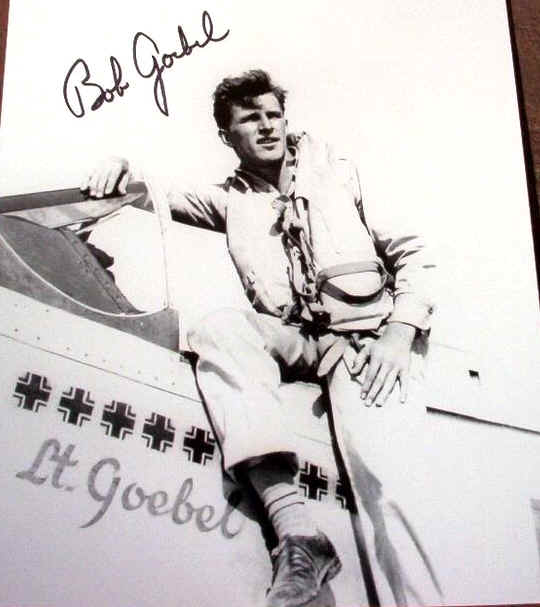The Royal Australian Air
Force was expanding when war broke out, having 12 squadrons formed or in
the process of forming. Most were located in Australia, but Australian
airmen would end up serving in every theatre of the war.
At the outbreak of war, 10 Squadron RAAF was in Britain collecting
Sunderland flying boats purchased by the RAAF. The squadron was offered
to Britain to serve as part of Royal Air Force Coastal Command, flying
anti-submarine patrols over the Atlantic Ocean for the duration of the
war. 11 Squadron was stationed at Port Moresby with Catalina flying
boats, flying long-range reconnaissance patrols over northern Australia
and north of Papua New Guinea. In 1940, 3 Squadron was posted to the
Middle East as an army co-operation squadron with the Australian
Imperial Force, but became a fighter squadron.
Plans had been made to raise and send more squadrons overseas but the
Australian Government then signed up to the Empire Air Training Scheme
(EATS), under which the Royal Australian, New Zealand and Canadian Air
Forces would train aircrews to be loaned to the Royal Air Force. Most
would serve in British squadrons, though some would be posted to
'Article XV', or '400-series' squadrons. These squadrons were raised by
the RAF but with their nationality officially recognised - for instance,
460 Squadron RAAF, to which the famous Lancaster G for George at the
Australian War Memorial belonged. Many aircrews who survived their tours
of duty returned to Australia to serve in RAAF squadrons and as
instructors.

Training of EATS recruits took place in Australia, Canada, Rhodesia and
Britain. By war's end, almost 40,000 Australians had been sent overseas
under this scheme, serving in Europe, the Middle East, Burma and other
places. Many men in Australia and overseas died in training accidents.
Many who graduated from courses flew with Bomber Command, which had the
highest operational loss rate of any British Commonwealth force in the
war. The RAAF also sent ground crews to serve in most of its Article XV
squadrons (as well as 3 and 10 Squadrons), most serving up to four years
overseas. Hundreds of RAAF members became prisoners of war in Germany
and Italy, as well as a smaller number in the Far East.
|
Australian
born aircrew after completing flying training in Australia had
accepted Short Service Commissions with the RAF and were serving
when War broke out. These men saw action during the German
invasion of France and during the Battle of Britain. The calibre
of these men is exemplified by the deeds of Flying Officer L.R.
Clisby DFC, who is credited with 17 and one half victories in
France and Flight Lieutenant P.C. Hughes DFC, the top Australian
‘ace’ of the Battle of Britain with 14 individual and 4 shared
victories. Other Australians who served with distinction as
members of the RAF were Air Commodore ‘Hughie’ Edwards VC and
Air Vice Marshal D. Bennett, the founder
of the famous Bomber Command ‘Pathfinder’ Force
Under
Article XV of the Agreement, provision was made for the Dominions
to retain their own identity. This would manifest itself in the
gathering of nationals in Dominion squadrons with equipment and
facilities being supplied by the RAF. Australian squadrons in the
RAF were numbered from No. 450 to No. 467. (No. 465 was not
allocated). Of these seven operated fighters in the Far East,
Middle East and Fighter Command, five were associated with Bomber
Command, two in Coastal Command and the remaining three served in
the Middle East. Yet, while these 17 squadrons were designated as
Australian squadrons, the reality was that Australians who were
trained under the EATS actually served in more
than 200 RAF squadrons.
RAAF Aerospace Centre http://www.defence.gov.au/aerospacecentre/default.htm |
The majority of RAAF personnel remained in Australia. The massive
expansion of the forces required extensive administrative, training,
supply and maintenance services, and there was also a strong commitment
to 'home defence', so many men and most women who volunteered for the
RAAF never got the chance to serve overseas. To assist in meeting the
demand for manpower within Australia, the RAAF formed the Women's
Australian Auxiliary Air Force in 1941, recruiting women to serve in
administrative roles and to perform routine maintenance on aircraft,
serving alongside men, in non-operational units (mostly training
establishments) in Australia.
In 1940, the RAAF sent three squadrons to Malaya; in 1941 these were
joined by an Article XV squadron, 453, raised at Bankstown, New South
Wales, along with some EATS graduates posted to British squadrons. They
were the first to see action against Japanese forces. About 200 RAAF
men, mostly ground staff, were taken prisoner by the Japanese. By the
end of 1942, RAAF squadrons also had seen extensive operational service
in northern Australia, the Netherlands East Indies and Papua New Guinea.
Other squadrons flew anti-submarine patrols over the shipping lanes
around Australia.
The majority of RAAF personnel who saw active service served in these
campaigns against Japan. A few had previously served in Europe or the
Middle East. Along with flying squadrons, RAAF members served in various
supporting units including headquarters, supply depots, communications
flights, medical aerial evacuation units, radar stations and airfield
construction squadrons - some of the latter two types of units serving
in the Philippines in 1945 with American forces. The RAAF also played a
part in the repatriation of prisoners of war at the end of the war. The
only RAAF servicewomen to see active service were members of the RAAF
Nursing Service.
supplied by DVA
|